
Lot 138
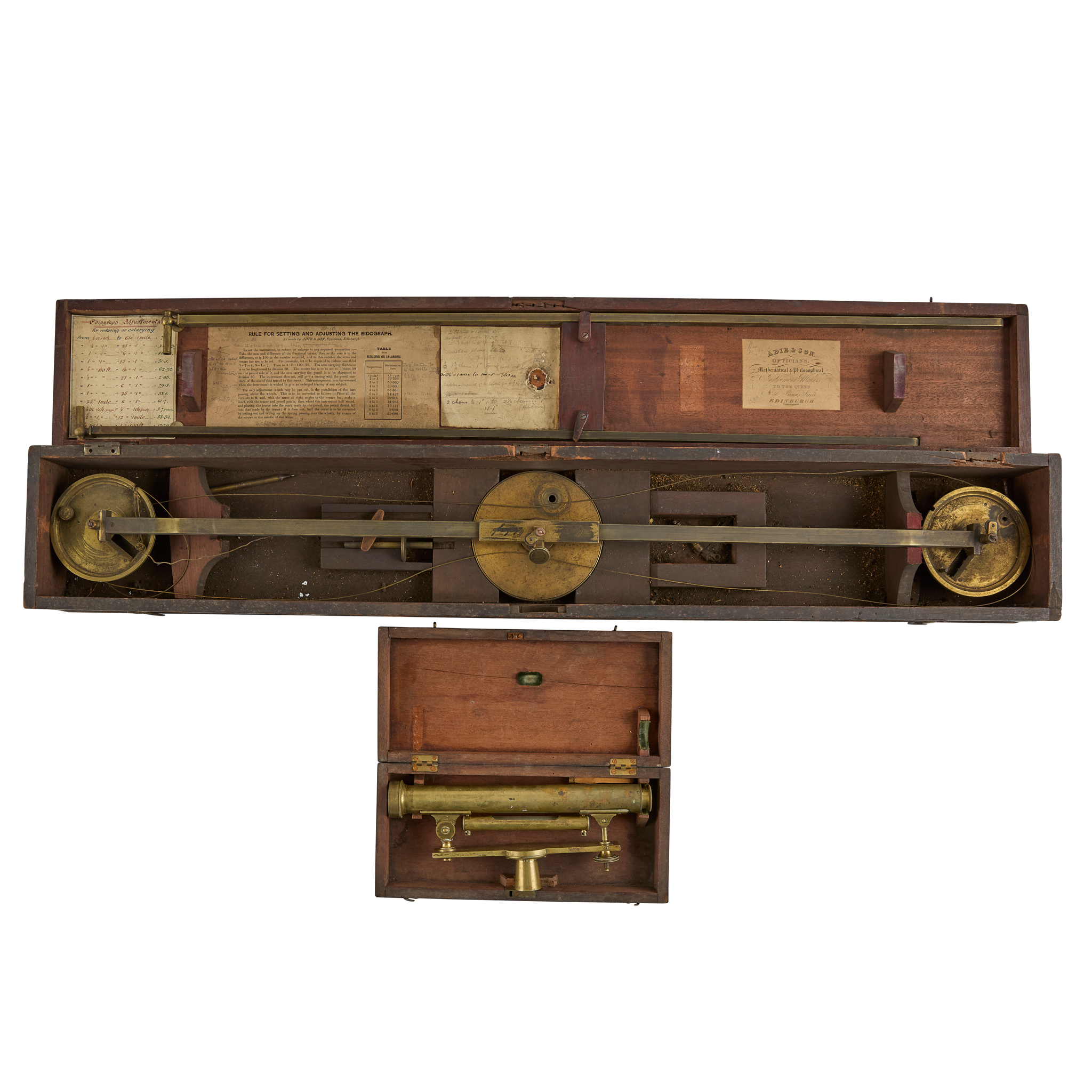
TWO SCOTTISH SCIENTIFIC INSTRUMENTS
19TH CENTURY
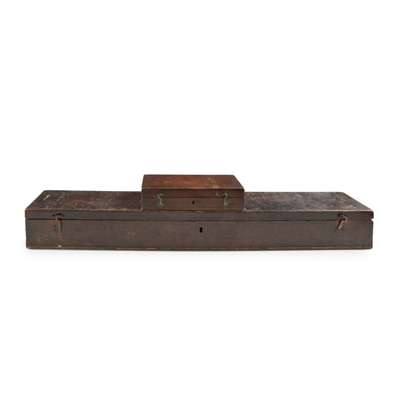
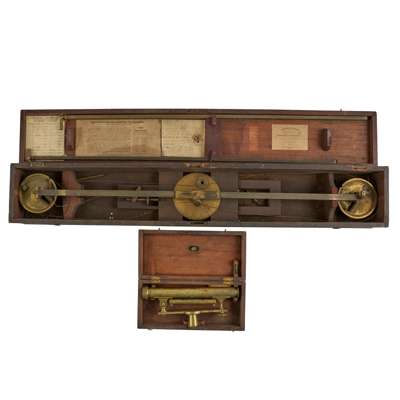


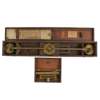
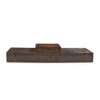
Auction: Day 1: Wednesday 20 August - Lots 1 - 296
Description
including A BRASS EDIOGRAPH, BY ADIE & SON, EDINBURGH, CIRCA 1845-1860, inside a fitted mahogany case, with paper trade label ‘Adie & Son, 50 Princes Street, Edinburgh’; together with A BRASS SURVEYOR'S LEVEL, BY PETER HILL, EDINBURGH, EARLY 19TH CENTURY, signed to the bridge, inside a fitted mahogany case (2)
Dimensions
the larger 90cm long
Footnote
The eidograph was invented by Professor William Wallace of Edinburgh in 1821. It can be used for copying, enlarging, or reducing drawings or maps. More accurate than the more common pantograph, it can be set to enlarge or reduce in any proportions. The pantograph could only work according to the divisions engraved on it.
The partnership of the eminent instrument maker Alexander Adie and his son John worked from two addresses in Princes Street, Edinburgh (58: 1835-1842 and 50: 1843-1860). Father and son were the only two instrument-makers elected as Fellows of the Royal Society of Edinburgh. John died in 1857 and his father Alexander a year later in 1858.
Peter Hill of Edinburgh, a little known but highly competent instrument-maker, produced an improved pantograph in about 1810, probably as a special commission for use in the Edinburgh engraving trade. Hill may have been trained by Alexander Adie’s uncle and partner John Miller.





